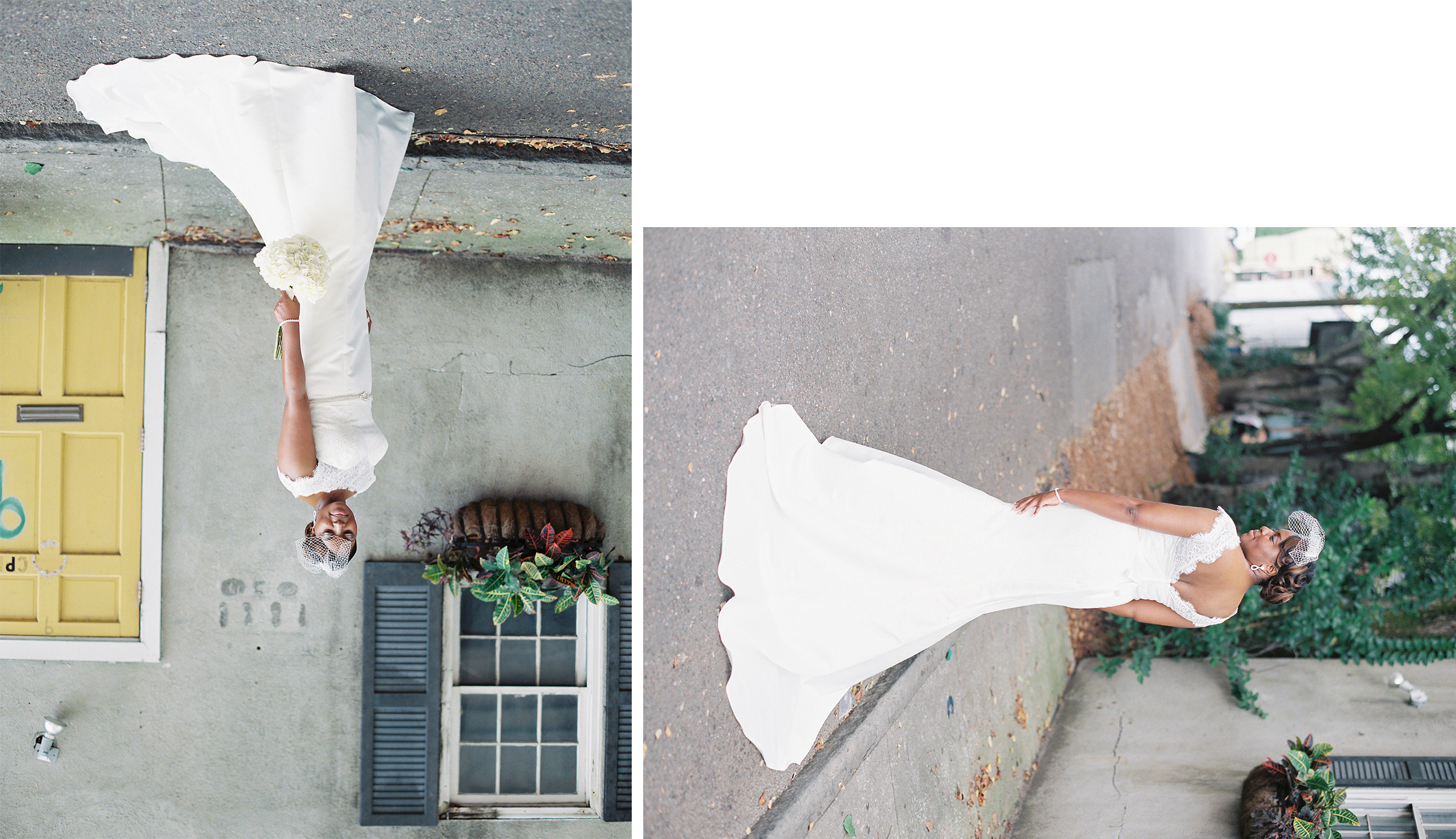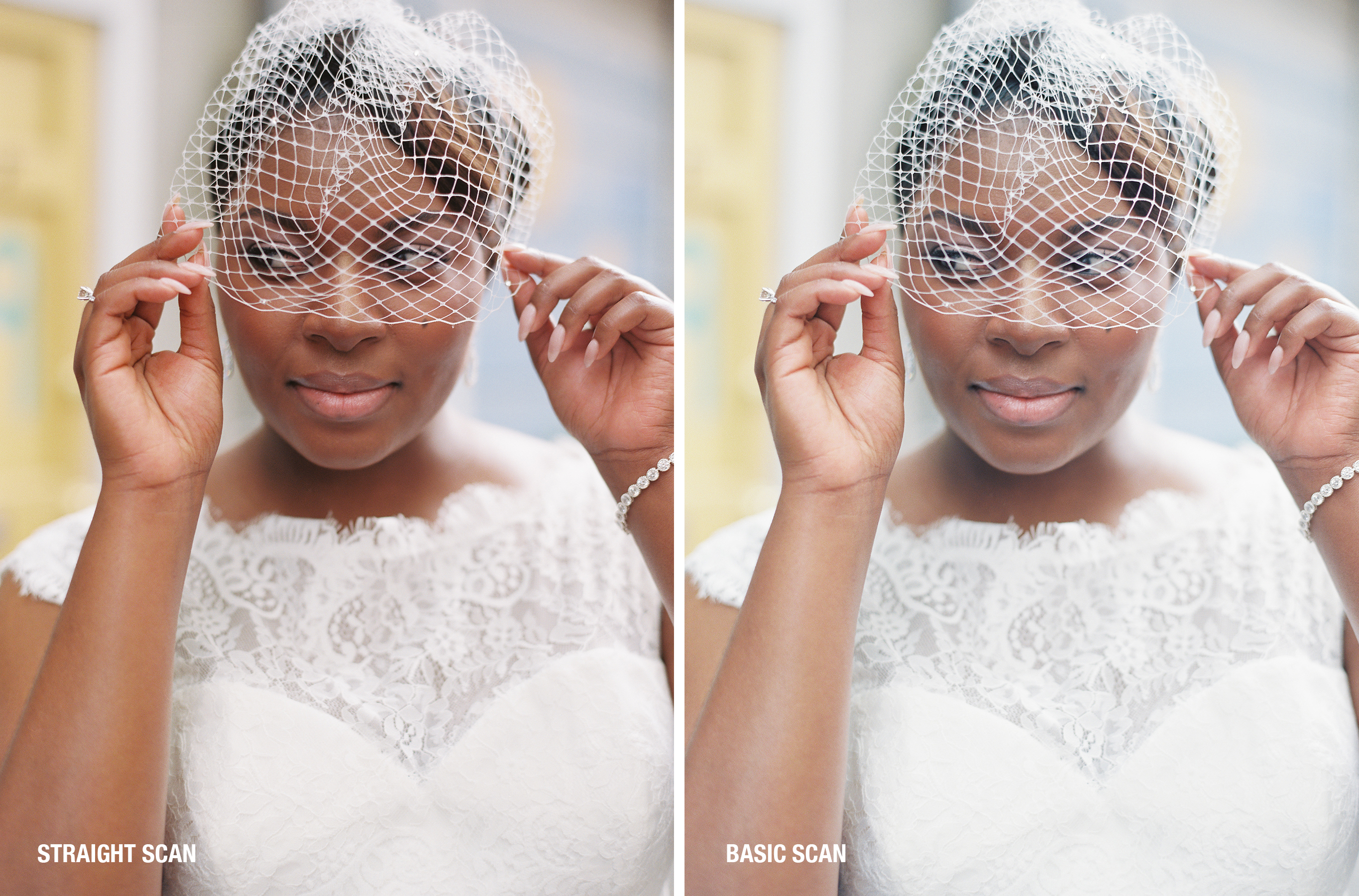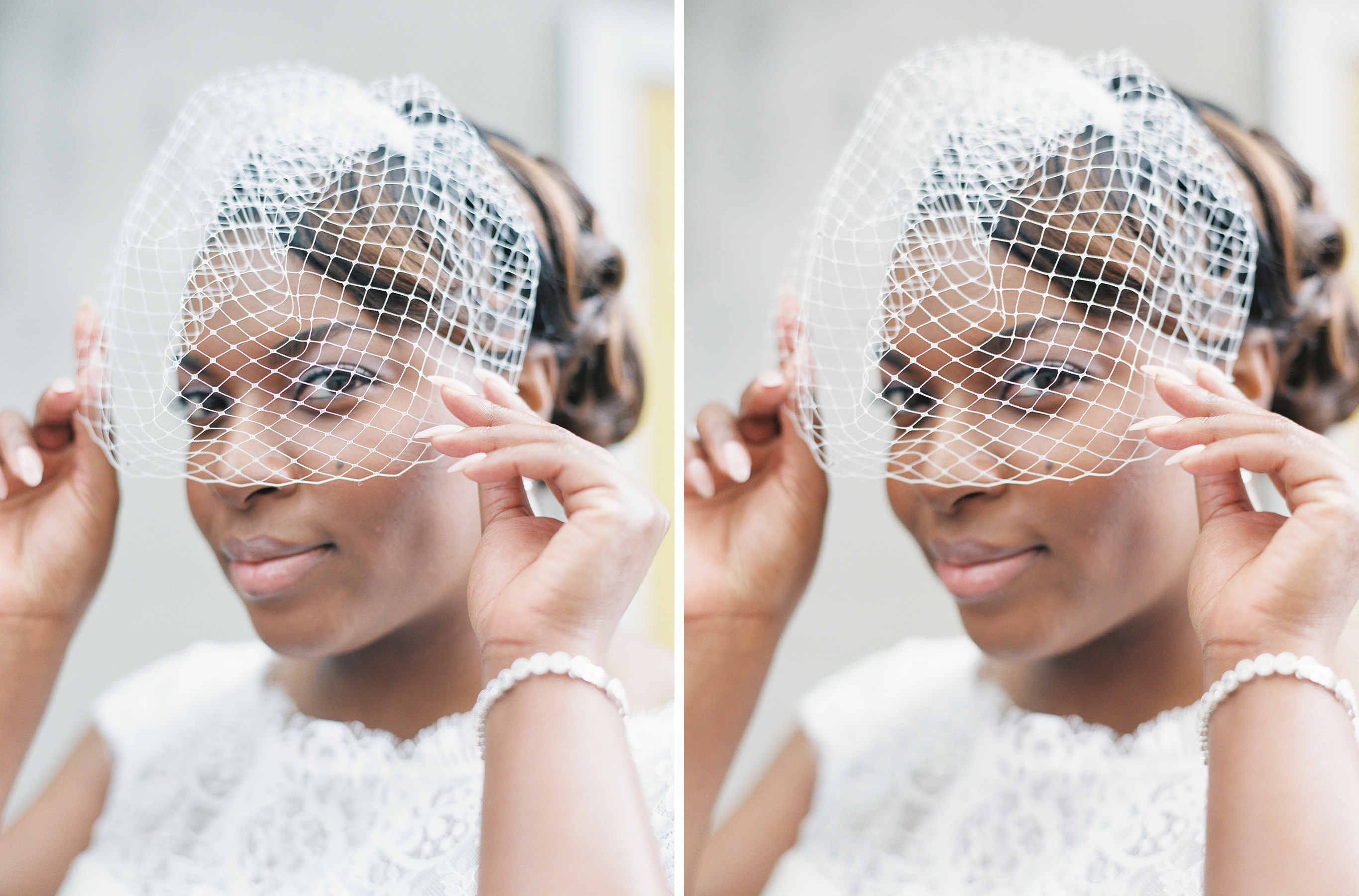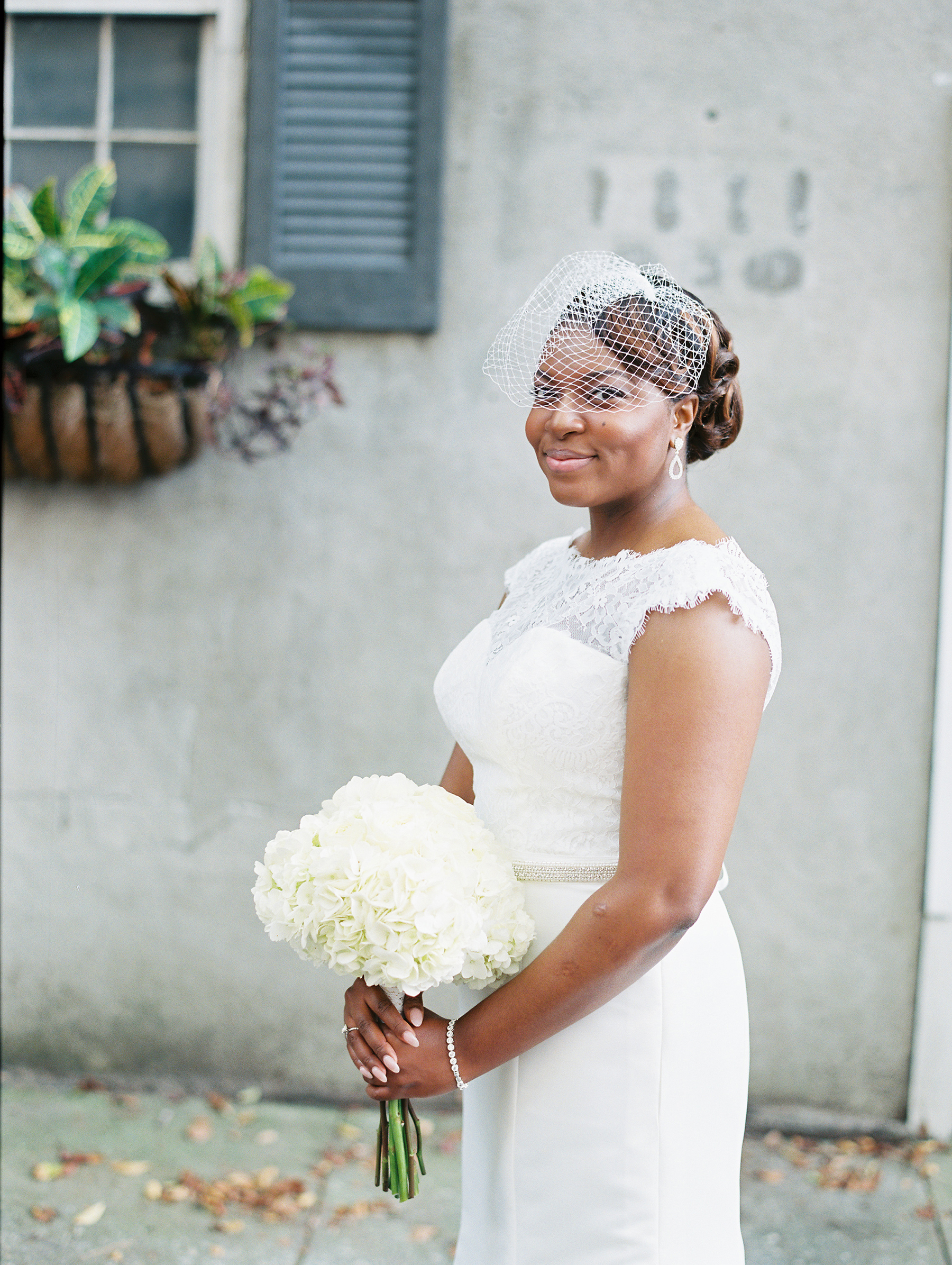Basic Scans provide the benefit of shooting film at a more affordable rate. This service includes developing, scanning, minor color and density correction in scanner and labeling of folders for corresponding film stocks. Basic Scans are delivered with the expectation that some editing will be required on our client’s end to reach their desired aesthetic. On occasion, Basic Scans are sent out and little to no editing is needed. This is wholly dependent on the condition of the film shot (expiration date and/or the way the film has been stored), proper exposure, and functionality of your gear. This is a great choice for film shooters wanting to take advantage of considerable savings on film processing and who are willing to put in some work on the back end.
Here are some things you can expect to correct on your own when you select the basic service:
1. You may have to rotate your images: depending on the orientation you shot and the scanner you selected, you will sometimes have images that are either upside down or on their side:

2. It is normal for a photographer to have to do some editing to get the color, contrast, and brightness to look the way they want after receiving basic and basic+ scans back from the lab. Basic Scans are NOT straight scans (“straight” meaning a scan with NO corrections done to it). Images that come through the lab are always corrected for color and density in scanner. With our basic service, however, there may be subtle shifts in color or exposure from frame to frame. These subtle shifts are corrected in Premium Scans but are left as is for Basic Scans.
Below is an example of the difference between a straight scan and a Basic Scan:

Below is an example of what a color shift between frames would look like with our Basic Scan service:

3. There may be crops you need to do on your own. Each camera model captures slightly different sized frames, so our scanning machines are optimized for the largest size. For example, Yashica and Hasselblad cameras both capture 6×6 format, but Yashica frames are slightly smaller. If your camera captures one of the smaller sized frames, you’ll sometimes see small slivers of black on the edge of your frame from the way the scanning machine read the image:

4. You may see in-camera dust and/or scratches. Dust that happened in-camera will appear black on your frames from the dust obstructing light passing onto your film. Scratches that happened in camera can range in color and may run through the whole roll, or be in just one frame or section of frames.
5. Our primary goal with Basic scanning is to give clients the maximum usable information in both their highlights and shadows. This allows the client to edit the photo in any way possible. However, we love for clients to communicate their preference to us so we can dial in the scan closer to their desired aesthetic. If you know you want a scene scanned specifically for the highlights or the shadows, please include that in the notes section of your order form so we can scan your images accordingly. Here is a post about the different tonalities we can scan for.
If you would like to forgo editing scans on your own and instead receive images back that are ready to send to your clients, we recommend selecting our premium service. Here is a link to a roll of film that was scanned first as a basic order, then edited with our premium service to match the client’s preferences so you can see the difference between basic and premium scans.
photos by Fabiola Isabel Photography | Fuji 400H | Contax 645